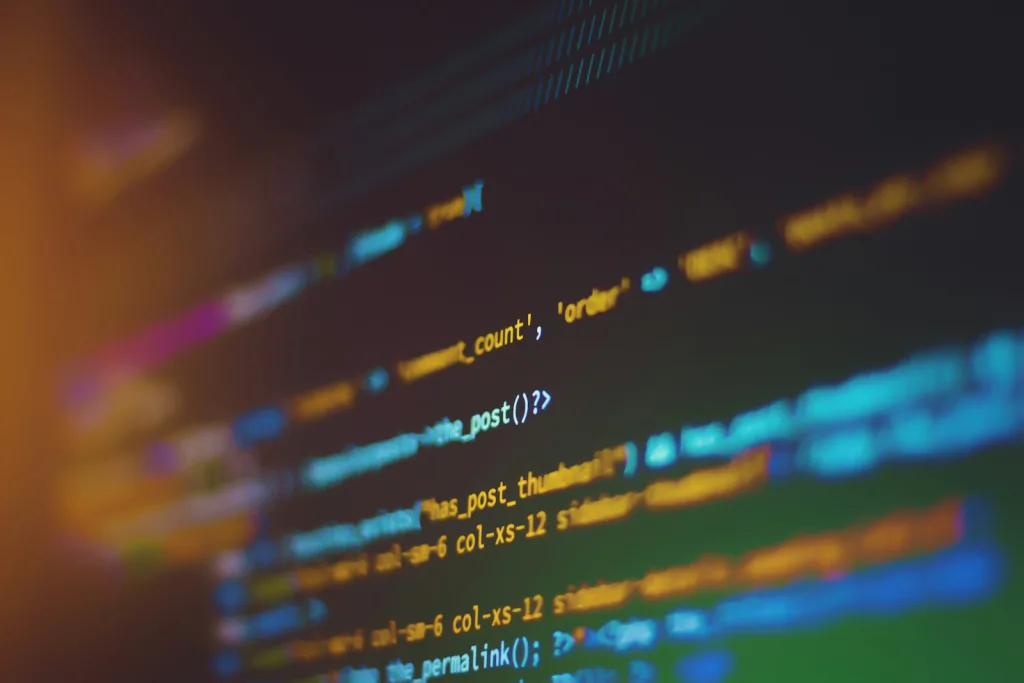Command Pattern for Undo Functionality in Applications

The Command Pattern is a behavioral design pattern that turns a request into a stand-alone object that contains all information about the request. This separation allows for parameterizing methods with different requests, delaying or queuing a request’s execution, and supporting undoable operations. This guide explores how the Command Pattern can be effectively used to implement undo functionality in applications, providing a robust framework for managing user actions.
Understanding the Command Pattern
The Command Pattern involves encapsulating all details of an operation in a separate object. This encapsulation includes the method call, the method’s arguments, and the object to which the method belongs. These encapsulated commands can be stored, passed around, and managed independently from the consumer of the command.
Components of the Command Pattern
- Command Interface: This defines a standard interface for executing operations.
- Concrete Command: Implements the Command interface and defines the binding between a Receiver object and an action.
- Client: Creates a ConcreteCommand object and sets its receiver.
- Invoker: Asks the command to carry out the request.
- Receiver: Knows how to perform the operations associated with carrying out a request.
Implementing Undo Functionality Using Command Pattern
Example Code Overview: Imagine a simple text editor that supports undoing text changes. Here’s how you might implement this using the Command Pattern:
Benefits of Using Command Pattern for Undo Functionality
- Separation of Concerns: Command pattern separates the object that invokes the operation from the one that knows how to perform it.
- Flexibility and Extensibility: New commands can be added without changing existing code, adhering to open/closed principle.
- Support for Undo Operations: It naturally supports the implementation of undoable actions. Every command action can be stored with its inverse, allowing easy roll-back of operations.
Real-World Applications
- Software Editors: Any software that requires undo functionality (e.g., text editors, image processing software).
- Transactional Systems: Systems that need to support rollback of operations, like financial systems.
Conclusion
The Command Pattern provides a powerful and flexible way to manage operations and requests in an application. By encapsulating action information into commands, developers can offer robust undo functionalities, enhancing user experience and software reliability.






